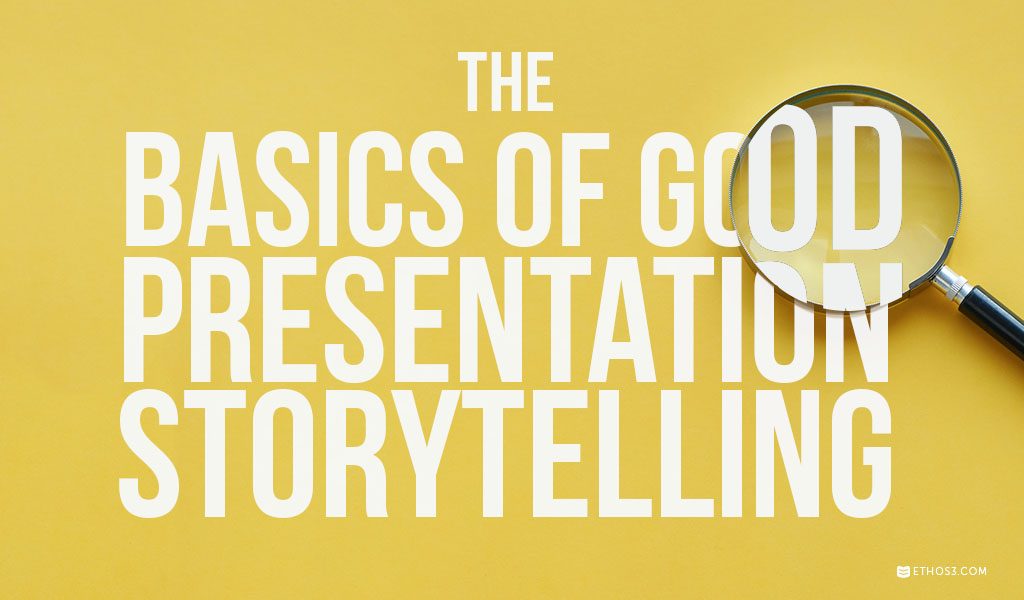If you’re not yet on the presentation storytelling train, it’s time to hop onboard. Long gone are the days of being able to present a bullet-pointed list of facts and figures and call it a day. If you want to meet today’s presentation standards, then you better be able to tell a killer story.
Storytelling has become immensely popular in the presentation space because it’s the key to unlocking connection, engagement, and action in your audience. And there’s hard science to back it up. According to research, telling a story with your presentation makes it much easier for your audience to pay attention and retain information, as well as feel an emotional connection to you and your topic. That emotional connection is particularly important because studies suggest that it’s emotion rather than logic that compels people to act.
In other words, if you want your audience to not only remember what you presented but feel motivated to act on it, then you better tell a good story.

Introduce the Problem
Every good story has a problem or conflict it’s trying to overcome. Therefore, you should begin your presentation with the challenge that your topic or idea is designed to address. But don’t simply state the problem; explain why it’s a problem and discuss the ways it negatively impacts people’s lives and the world.
Identify the Key Players
The key players in your presentation’s story are anyone who has a stake in your topic or idea. You should explain who they are, discuss some of their characteristics, and most importantly, talk about how they’re influenced by what you’re presenting as well as how they’ll be impacted should your idea move forward.
Show the Impact
After you introduce the problem and explain who the key players are, it’s time to show exactly how your topic impacts them through real-life examples. In other words, don’t just say that the problem has a negative impact; share specific examples of people who’re affected by it. These personal examples will help elicit an emotional response from your audience and in turn make them more inclined to act on your ideas.
Introduce Your Hero
Once you have your audience invested in your problem and those affected by it, you should then introduce the hero of your story AKA the solution. Looking at your solution through the lens of it being a real-life hero will inform how you present it and help you paint a more emotional and compelling picture of the solution for your audience.
Make Your Audience Part of the Story
Now that you’ve told your story, you’ll want to invite your audience to part of it. Explain to them how their actions can make a difference in the problem you presented and that they, too, can become heroes of this story. Doing so makes your audience feel a sense of connection and responsibility to your presented issue, which is likely to keep them talking about it and acting on it long after your presentation is over.
Curious about what kind of presenter you are? Head over to PresentationMentor.com to learn more about how the Ethos3 team can help you discover the presenter inside.